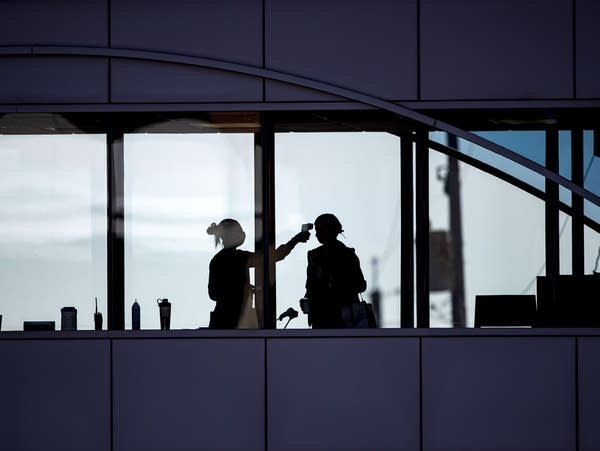Aug. 4 update on COVID-19 in MN: Hospitalizations, ICU cases reach 6-week high

Amid coronavirus concerns, a health-care worker takes the temperature of a visitor to Essentia Health in a skywalk bridge from the adjoining parking garage on April 10 in Duluth.
Alex Kormann | Star Tribune via AP
Go Deeper.
Create an account or log in to save stories.
Like this?
Thanks for liking this story! We have added it to a list of your favorite stories.


